
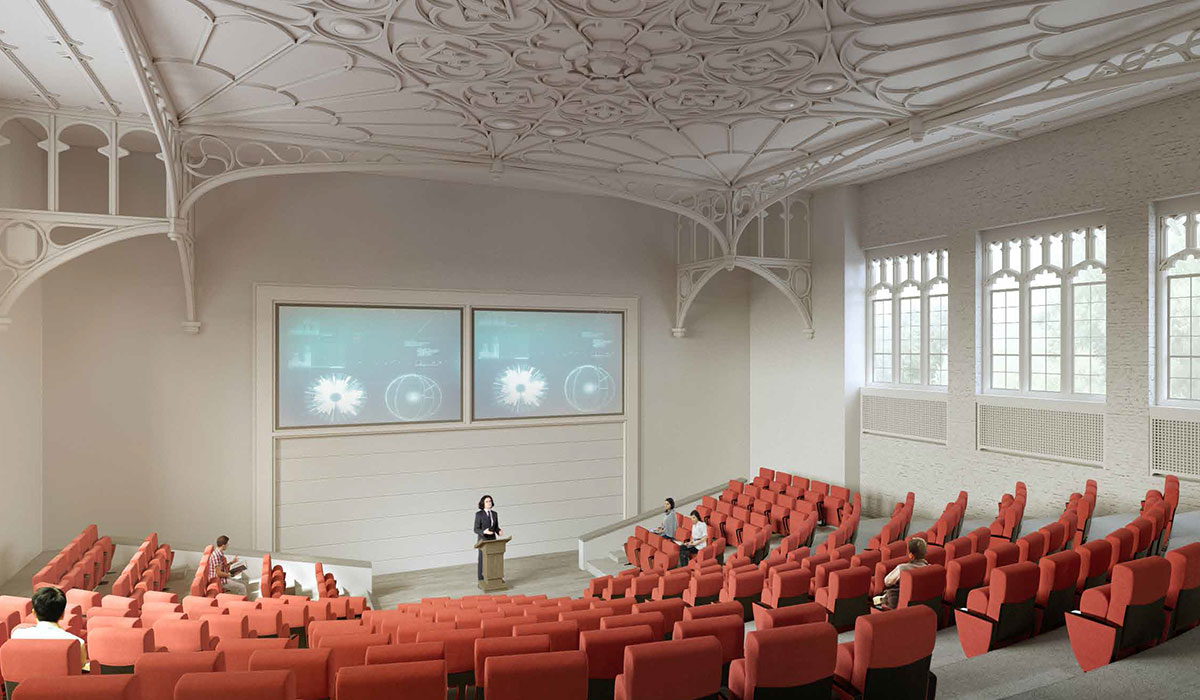
When senior marketing major Courtney Burke heard that the School of Business and Economics is going to move in three years to Maloney Hall and expand its programs with the help of $47 million in gifts, she was thrilled.
“In my four years at Catholic University, I’ve seen the Department of Business and Economics become a school and offer more programs and courses,” she noted. “I’m really excited to see how these gifts will help the school continue to grow. I’m jealous that I won’t be here to see the changes taking place.”
With today’s announcement that Maloney, a Gothic-style building on the southeast corner of campus, will undergo a complete renovation with a projected opening in fall 2019, Burke was not alone in her excitement. Business school faculty and staff were excited that they’ll be moving from the quarters they’ve outgrown in McMahon Hall to Maloney. Effective immediately, the school is the Tim and Steph Busch School of Business and Economics.
“It’s a great day for the business school,” said Bill Bowman, newly appointed dean of business and economics whose tenure will start in August. Bowman noted that Maloney, a “wonderful icon of dignity, and the school’s mission go together beautifully.” The school is committed to integrating the Catholic principles of human dignity, solidarity, subsidiarity, and the common good with all aspects of business and economics.
“With ever-increasing stresses on the culture, and a greater need for God in our society, it’s important that the business school and The Catholic University of America unapologetically speak the truth,” added Bowman.
The new building will have a chapel, state-of-the-art classrooms, faculty offices, and an information commons, where students and professors can meet, talk, and exchange ideas. “With the help of these gifts, I look forward to working with the faculty and our student body as we explore together what it means to have a vocation to business,” said Bowman.
Originally constructed in 1917, the Martin Maloney Chemical Laboratory was named in honor of a Philadelphia philanthropist and Catholic University benefactor. The 1921 Cardinal yearbook was dedicated to Maloney for his interest in the University and its students.
The gifts will enable the business school to keep pace with its rapidly growing enrollment. Prior to becoming a school, students in the business and economics department made up approximately 7 percent of the undergraduate population. Business and economics majors in the Class of 2019 make up 23 percent of the freshman class.
The gifts also will help to fund The Arthur and Carlyse Ciocca Center for Principled Entrepreneurship, to be headed by Andreas Widmer, director of entrepreneurship programs, and the Institute for Human Ecology, which will take up Pope Francis’ call in Laudato Si’ to systematically study the relationships of human beings to one another and the world around them.
“It’s fitting that an academic year that started with Pope Francis’ historic visit to our campus should end with the wonderful news of these gifts,” said Bowman.
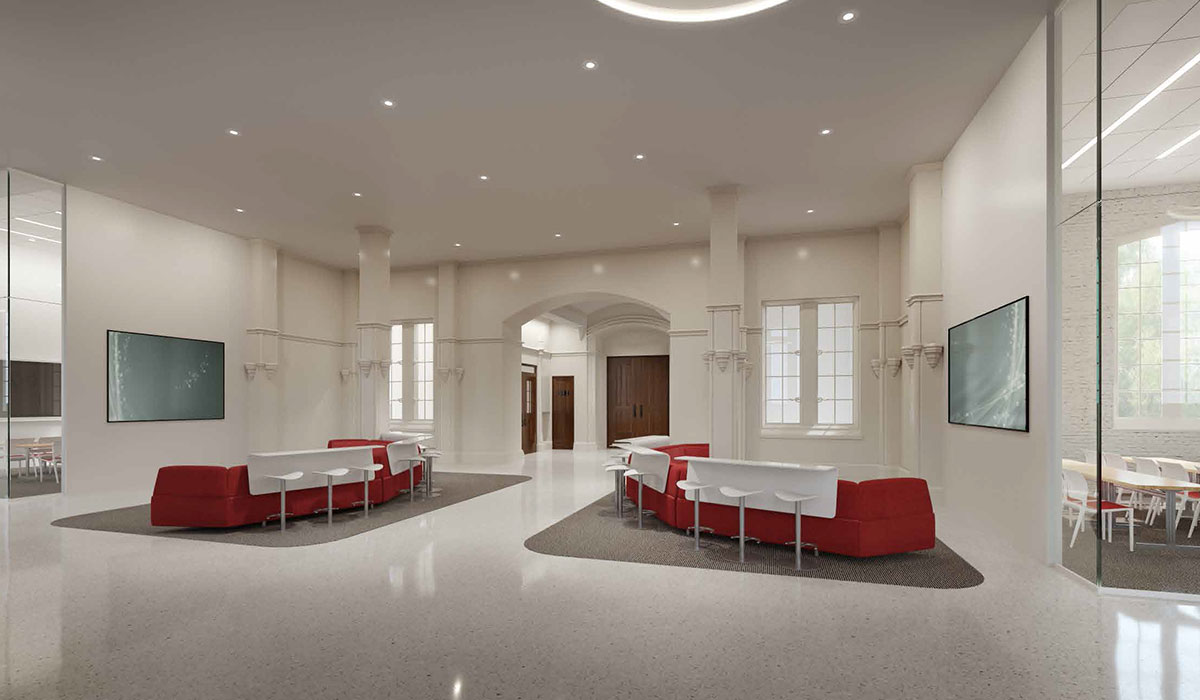
An architectural rendering shows part of the proposed interior renovation of Maloney Hall.
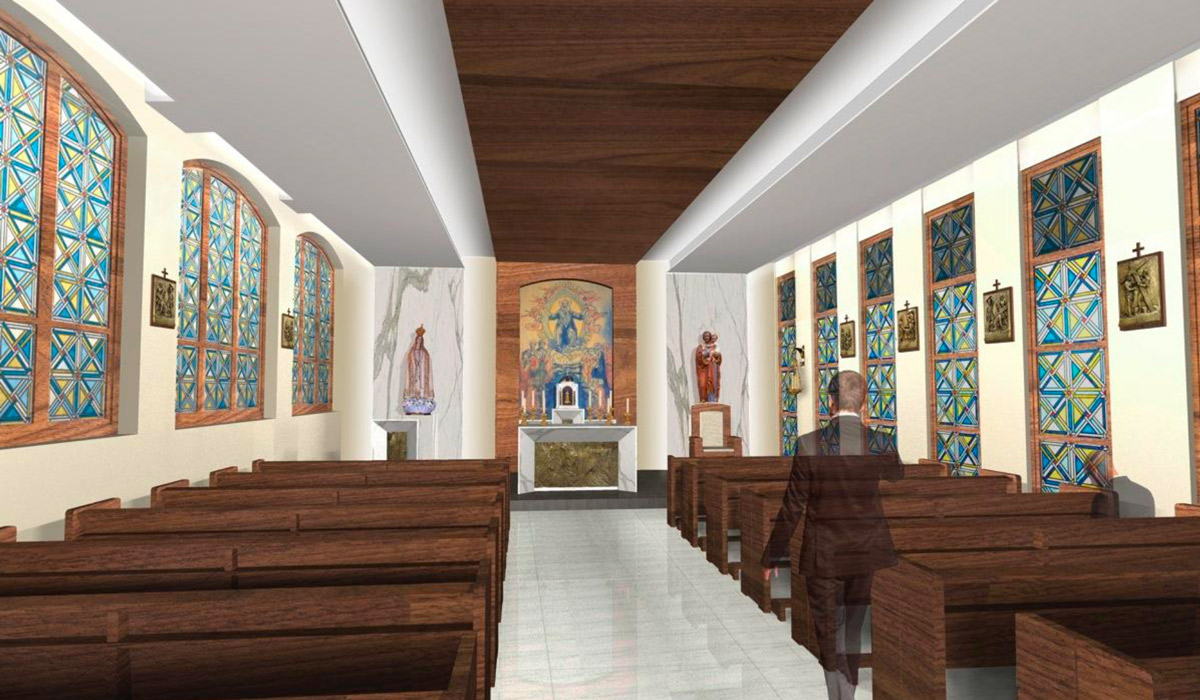
A central feature of the business school's new home will be the chapel, shown here in an architect's drawing.
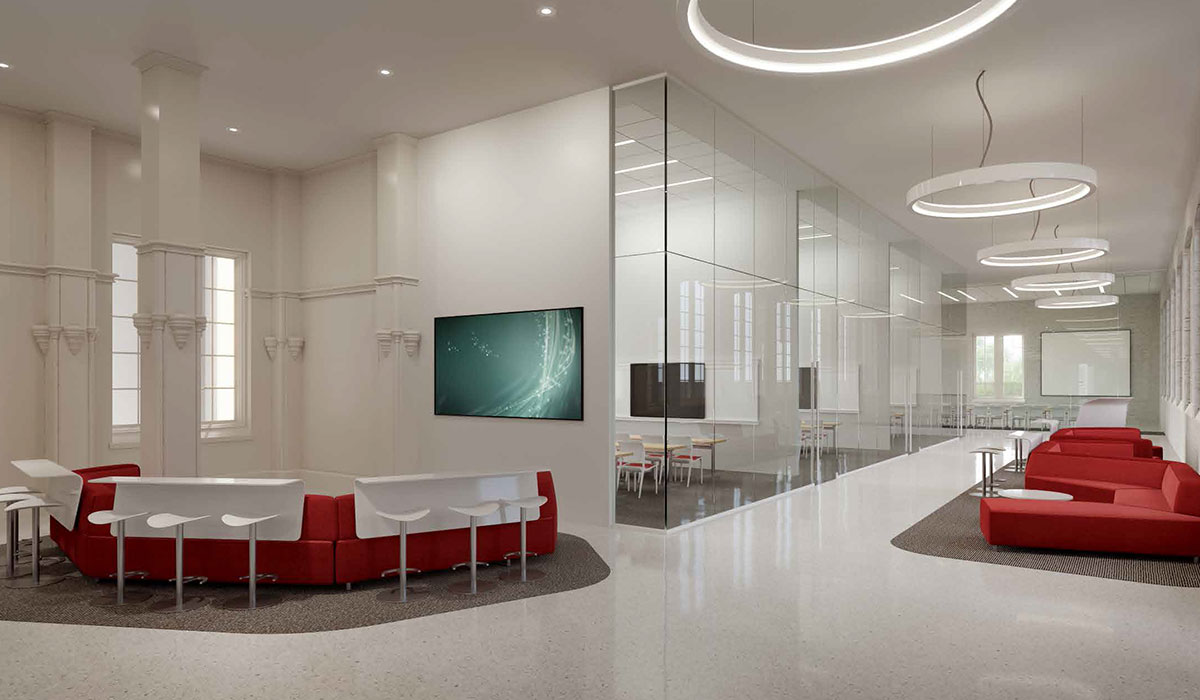
A combination of modern and classical design is envisioned for the Maloney Hall renovation.
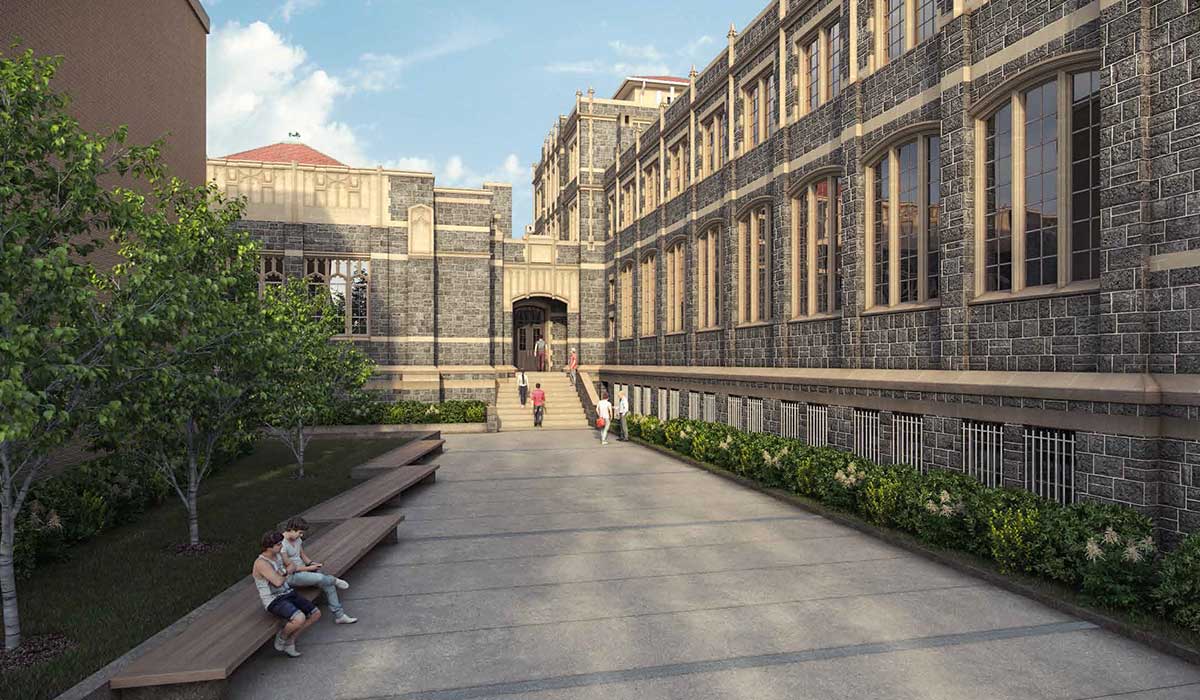
The design for a walkway lined with benches defines a welcoming entryway for the Tim and Steph Busch School of Business and Economics to be housed in Maloney Hall.
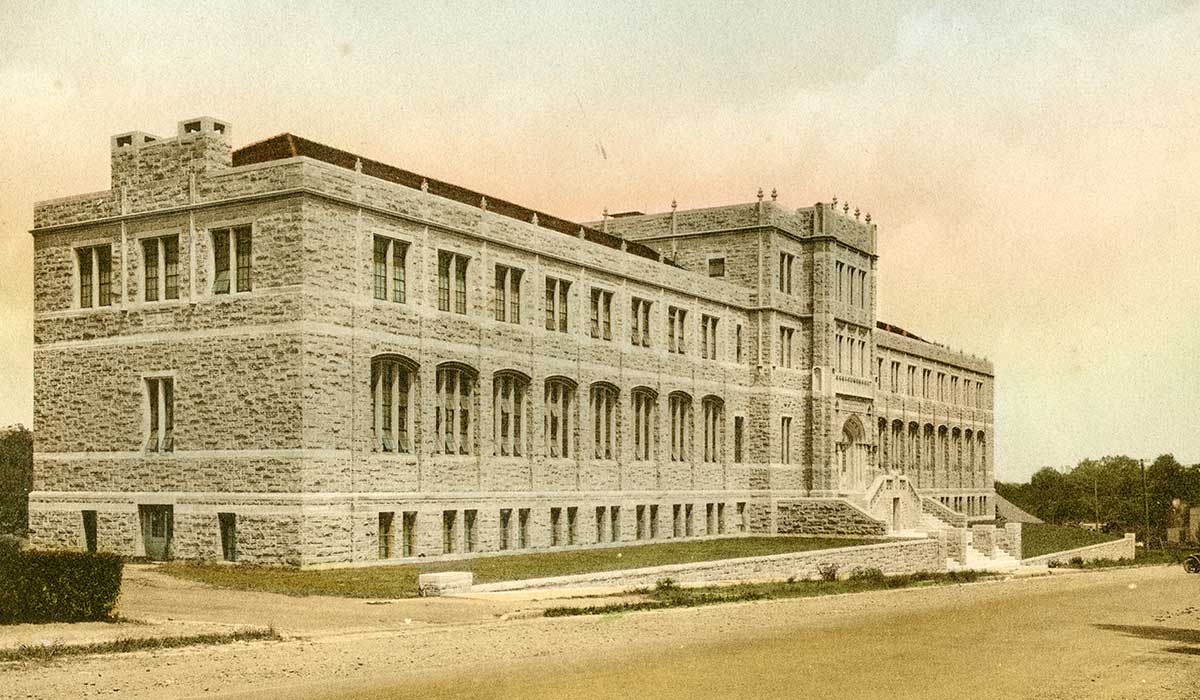
Built in 1917, Maloney Hall has been a landmark on Michigan Avenue, N.E., for nearly a century.
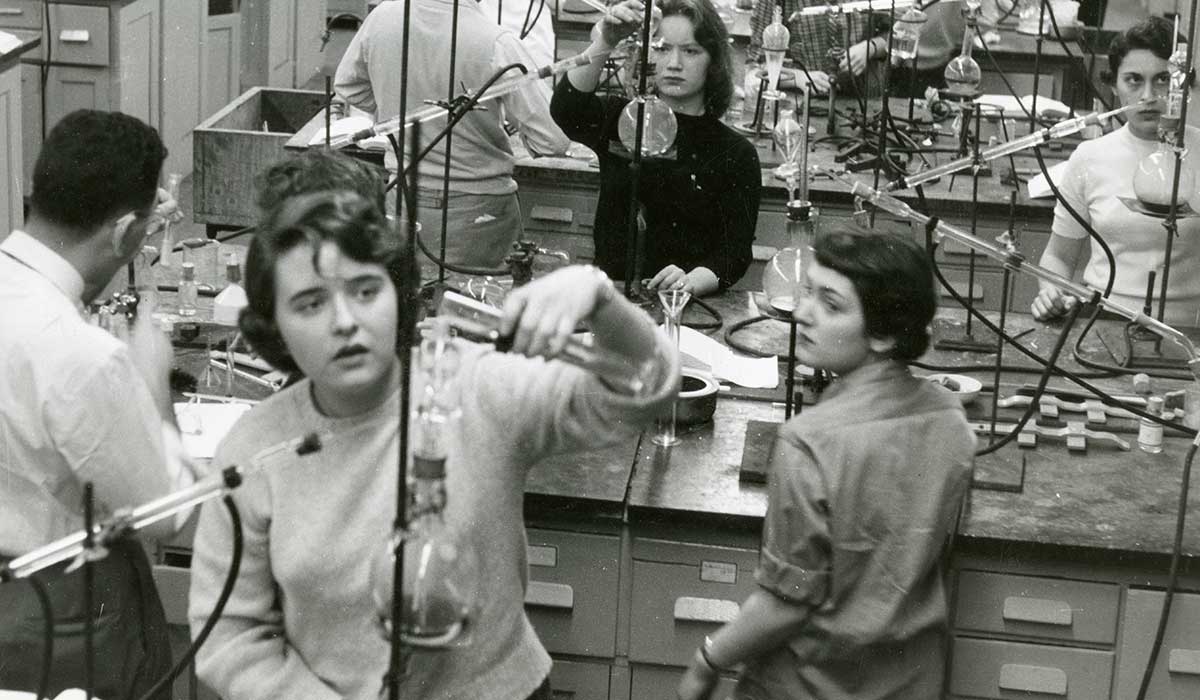
Generations of Catholic University students conducted experiments in the Martin Maloney Chemical Laboratory in Maloney Hall.
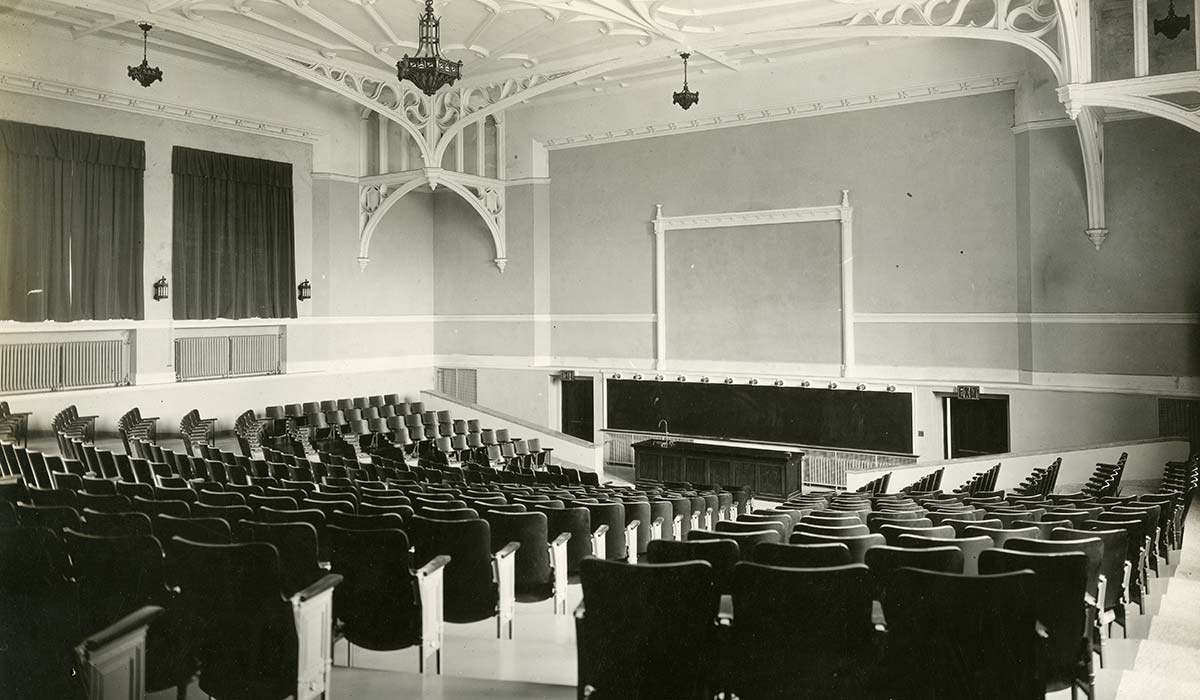
The auditorium in Maloney Hall was one of the most architecturally distinctive spaces on campus when it was first built.
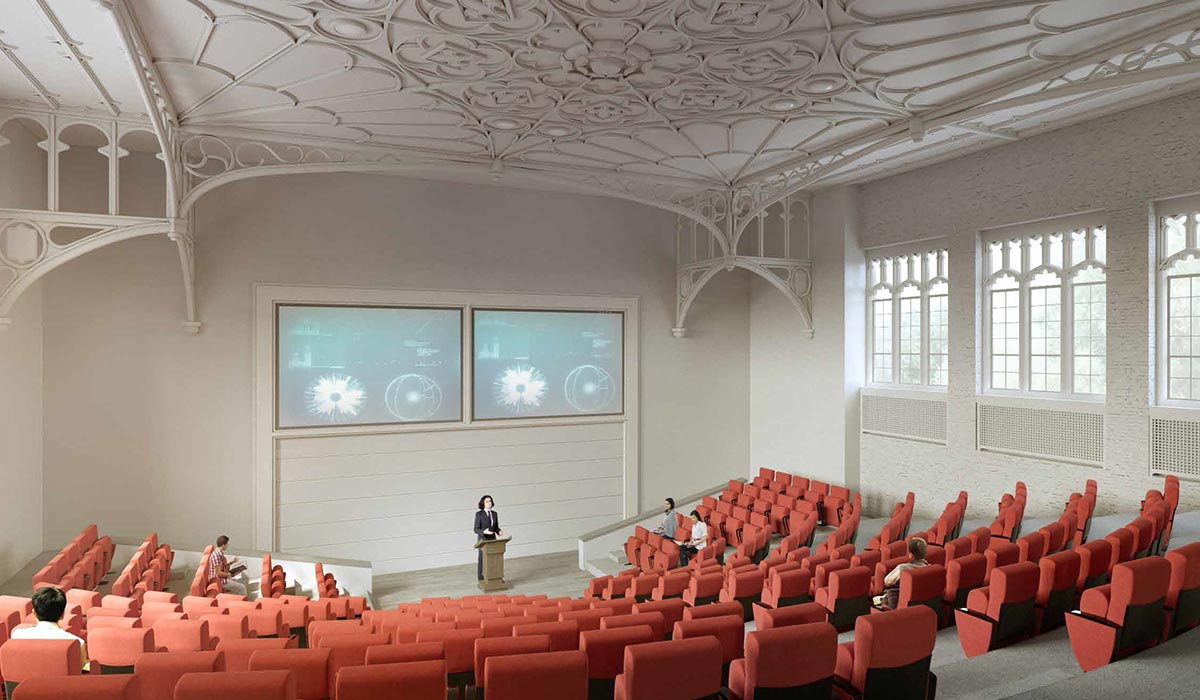
Plans to restore the historic auditorium in Maloney Hall will retain many of its classic features.
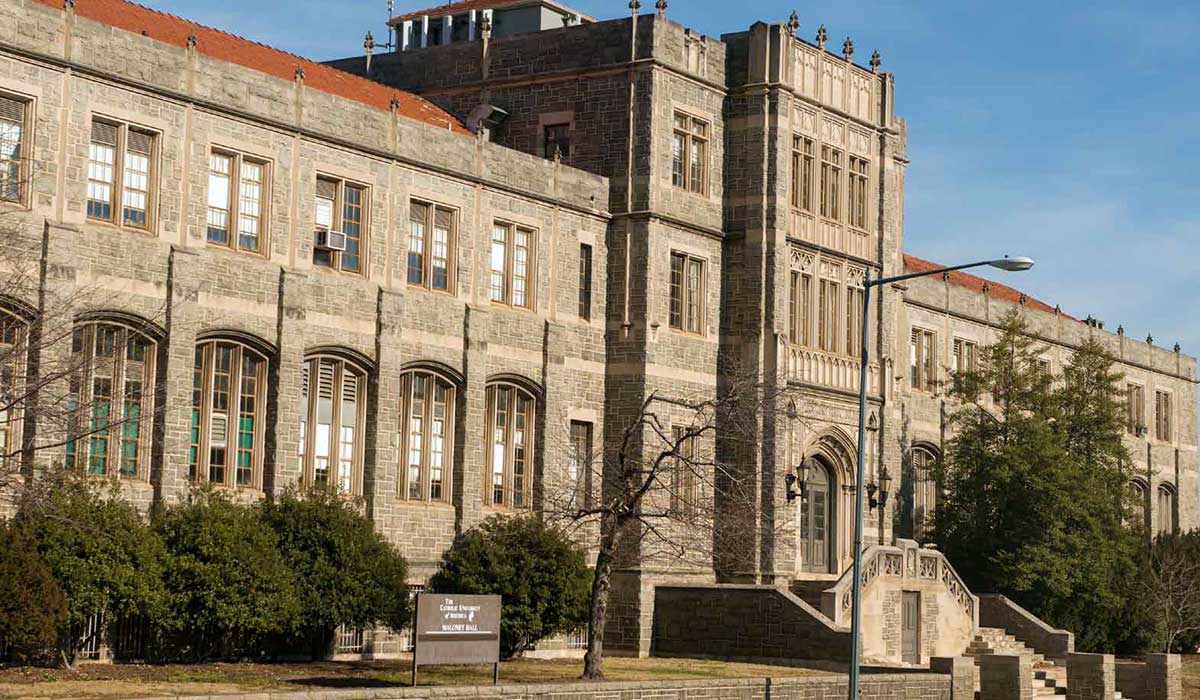
Maloney Hall defines the southeast corner of the Catholic University campus with its Gothic facade facing the busy intersection of Michigan Avenue, N.E., and Monroe Street.